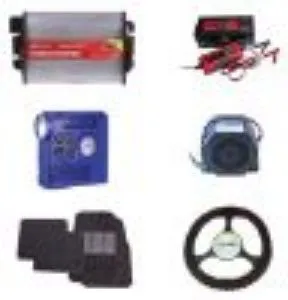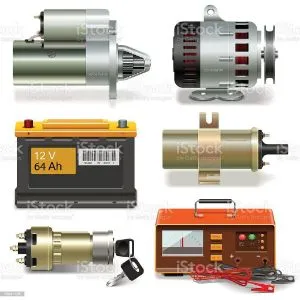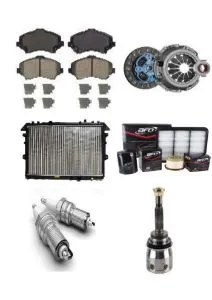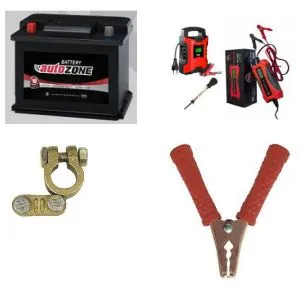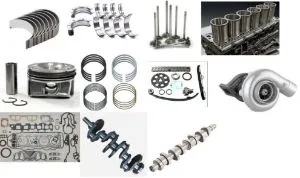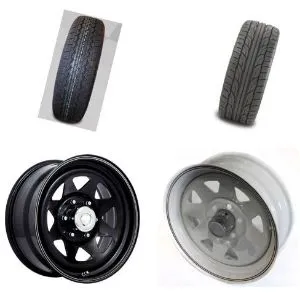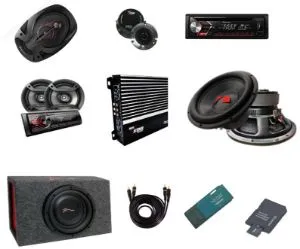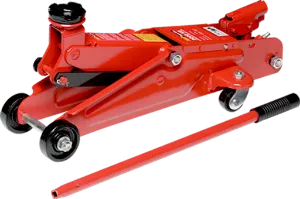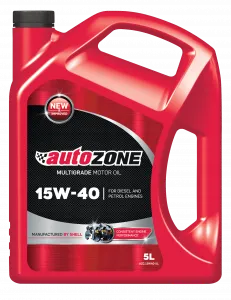Brake pads and discs are crucial components of a vehicle's braking system. They work together to stop the vehicle by creating friction, converting kinetic energy into heat, and slowing down or stopping the wheels. Understanding the role of these parts, recognizing signs of wear, and knowing when to replace them are vital for maintaining your vehicle’s safety and performance.
How Brake Pads and Discs Work
Brake Pads: Brake pads are flat components that press against the brake disc (rotor) to create the necessary friction to stop the vehicle. They are typically made of materials such as metallic, ceramic, or organic compounds, each offering different benefits:
- Metallic Pads: Known for durability and excellent heat dissipation, but can be noisy and cause more wear on the brake discs.
- Ceramic Pads: Quieter and produce less dust, but are generally more expensive.
- Organic Pads: Made from materials like rubber, glass, or Kevlar, these pads are quieter and softer but wear out faster.
Brake Discs (Rotors): Brake discs are metal discs attached to the wheels. When the brake pedal is pressed, the brake pads clamp onto the discs, causing the vehicle to slow down or stop. Brake discs can be:
- Solid Rotors: Common in everyday vehicles, they are durable and efficient for regular use.
- Vented Rotors: Designed to dissipate heat more effectively, making them suitable for high-performance vehicles or heavy-duty use.
Signs of Worn Brake Pads and Discs
Regular inspection and timely replacement of brake pads and discs are essential for safe driving. Here are some common signs that indicate wear and the need for replacement:
Squeaking or Squealing Noise
- A high-pitched noise when applying brakes often indicates worn brake pads. Many pads have a built-in wear indicator that emits this sound when the pads are due for replacement.
Grinding Noise
- A grinding sound suggests that the brake pads are worn down to the metal backing, which can damage the brake discs and significantly reduce braking effectiveness.
Vibration or Pulsation
- If you feel a vibration or pulsation in the brake pedal or steering wheel when braking, it could indicate warped brake discs that need resurfacing or replacement.
Longer Stopping Distances
- Worn brake pads and discs can increase stopping distances, making it harder to stop quickly and safely.
Visual Inspection
- Check the thickness of the brake pads through the wheel spokes. If they appear thin (less than a quarter-inch), it's time for a replacement. Similarly, inspect the brake discs for grooves or uneven wear.
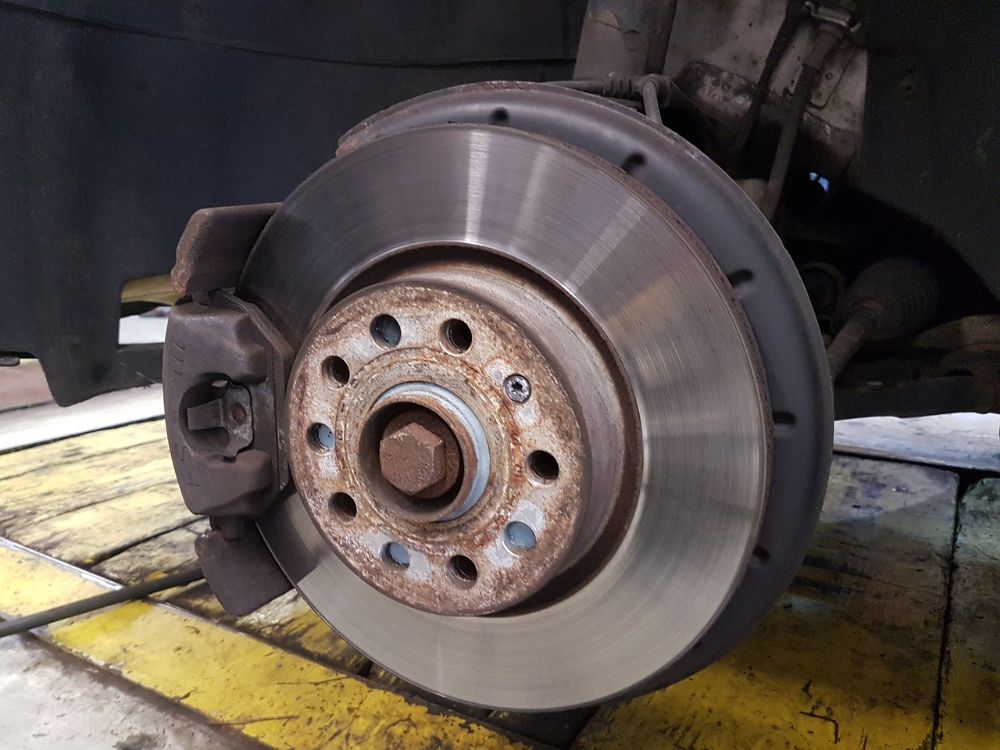
When to Replace Brake Pads and Discs
The lifespan of brake pads and discs varies depending on driving habits, vehicle type, and the materials used. Generally:
- Brake Pads: Should be replaced every 30,000 to 70,000 kilometers, depending on the type of pads and driving conditions.
- Brake Discs: Typically last longer than brake pads but should be inspected regularly for wear and replaced if they show signs of damage or thinning.
Maintaining Brake Pads and Discs
Regular maintenance of your braking system ensures optimal performance and safety:
- Routine Inspections: Have your brake system inspected during regular service intervals.
- Driving Habits: Avoid aggressive braking and excessive speeds to prolong the life of your brake pads and discs.
- Quality Parts: Use high-quality brake pads and discs that match your vehicle’s specifications for better performance and longevity.
Maintaining your brake pads and discs is crucial for safe driving. For reliable and high-quality brake components, check out the selection at AutoZone's Brake System Components. Proper care and timely replacement of these components will ensure that your vehicle’s braking system remains efficient and dependable.
.png)
